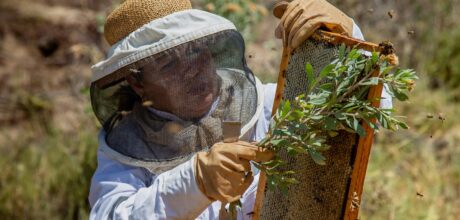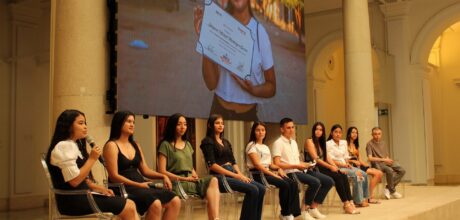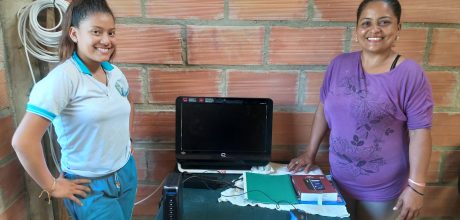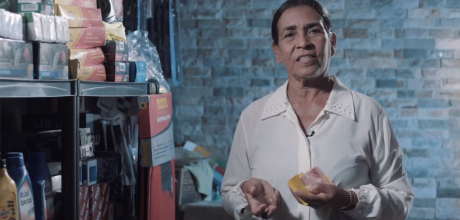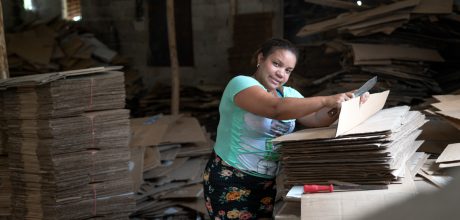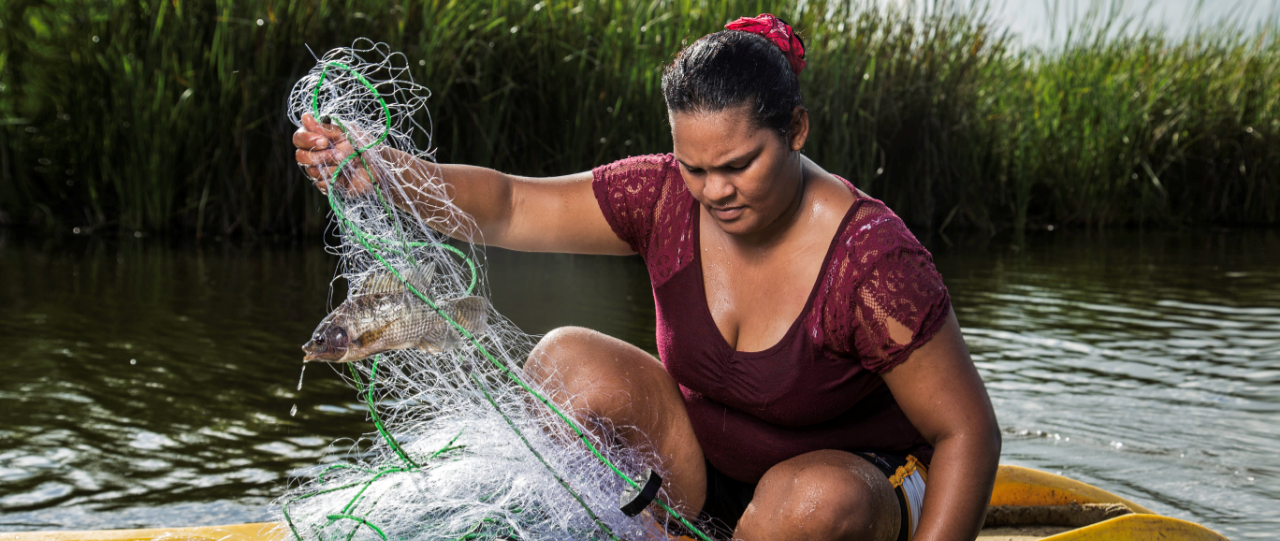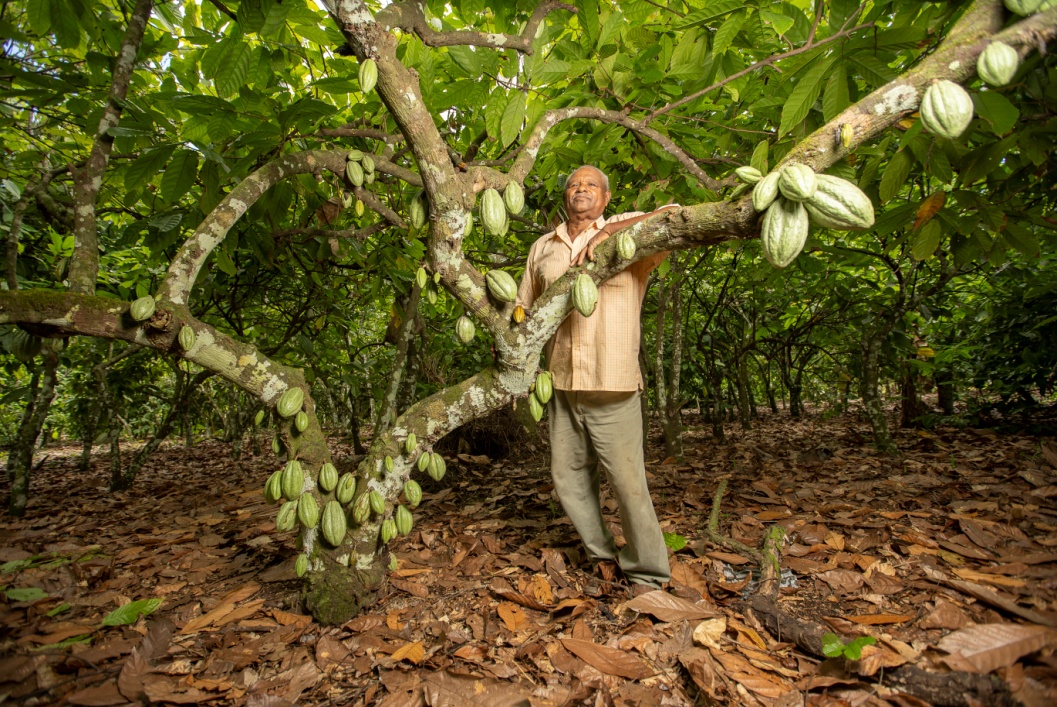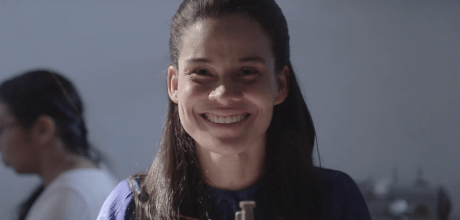Protecting the environment comes from both great and small acts. The former usually come from public initiatives, while the latter ones come from the likes of Pedro and Silvia. They live in the Dominican Republic; they don’t know each other, but both of their businesses make it possible for us to dream of a better world.
Pedro Santana lives in Cedro, where he manufactures and sells organic fertilizer. Its components and unprocessed ingredients (plant residues, food leftovers or other organic sources), make it a natural product, recommended especially for organic farming, and with a good price, too.
“I make fertilizer using manure from approximately 100 rabbits from my farm. I add leaves, wood veneer and other biodegradable materials until I get the right mix”, he explains.
Pedro Santana lives in Cedro, where he has an organic fertilizer business. Because of its components and ingredients (plant residues, food leftovers or other organic sources), it is a natural product, recommended especially for organic farming, and with a good price, too.
He started two years ago and is proud of what he has done. “People are not used to what’s organic, which is healthier; they’re more used to industrial products. I’m a millionaire, but I don’t count my wealth in pesos, I count it in terms of ideals.”

Pedro Santana makes and sells organic fertilizer
He has provided for his six children. He was able to improve this project with a loan amounting nearly a thousand euros (120,000 dominican pesos) from Banco Adopem, the Dominican MFI of the BBVA Microfinance Foundation; a project that keeps on growing thanks to the product’s positive results. Labelled and considered as “organic”, the fertilizer keeps the soil’s natural pH and is not harmful to the environment.
With the same attitude that shows how a business could be both economically and environmentally sustainable, Silvia makes hats, wallets, bags and sandals made out of water lilies, an invasive species that grows on the surface of rivers and lakes, entailing a big problem to biodiversity.
She herself gathers, dries and treats the lilies to create hand-crafted pieces. On a daily basis, she produces two or three items with ordinary patterns. The more complex ones, like the wallets, take up to seven days to complete. The loans she received from Banco Adopem since 2010 has allowed her to upgrade her business.
Stories like that of Pedro and Silvia have one thing in common: the desire to leave a legacy for the future generations. For them, every day is June 5th, or World Environment Day
Silvia also teaches handicraft classes to boost the economic development of low-income families living on the riverside where lilies breed rapidly, decorating the landscape but at the same time, damaging the ecosystem.
Stories like that of Pedro and Silvia have one thing in common: the desire to leave a legacy for the future generations. For them, every day is June 5th, or World Environment Day (as established by the UN since 1974).
Cristina González del Pino, Communications BBVAMF


